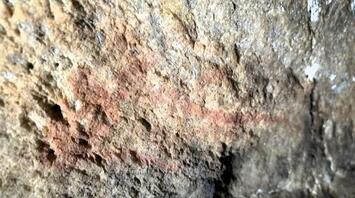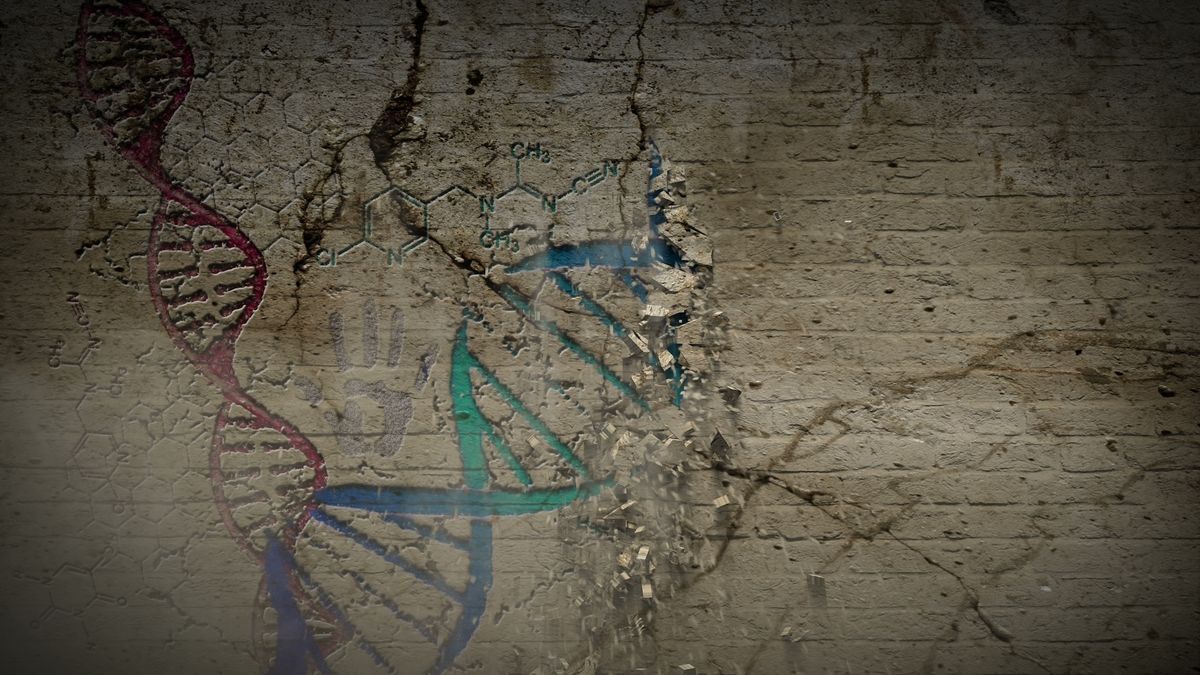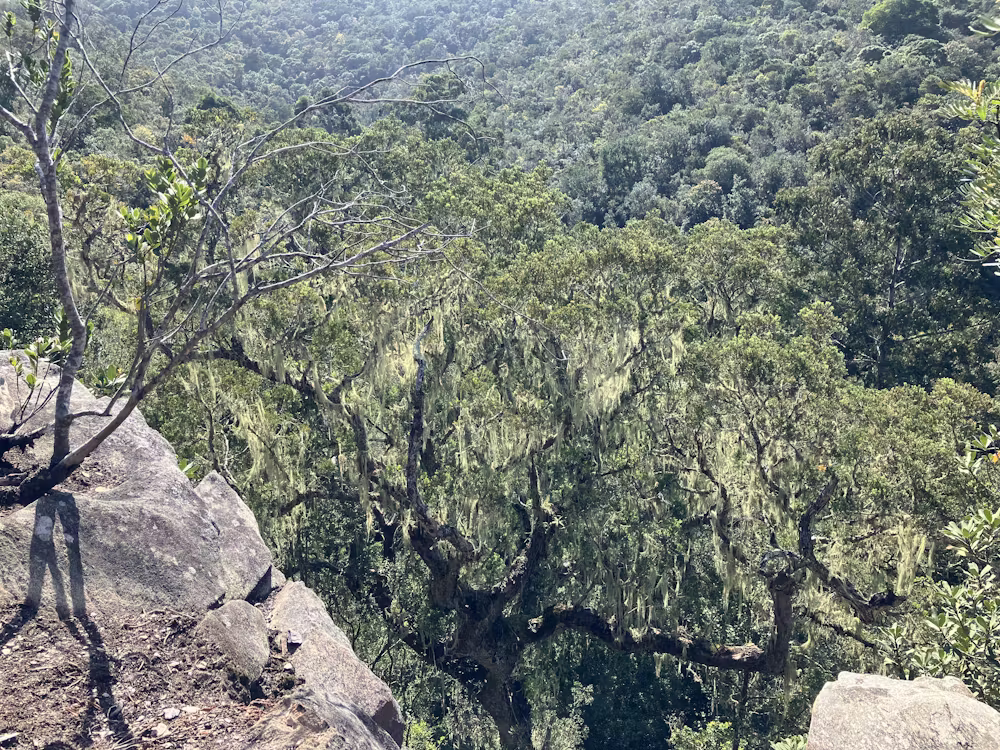Oakhurst Rock Shelter: A Continuous Story of Genetic and Cultural History

The Oakhurst rock shelter, an archaeological site near George on South Africa's southern coast, offers a record of human occupation spanning 12,000 years, The Conversation reported. Nestled into a sandstone cliff, the site sits amidst a yellowwood forest, close to a creek. Initial excavations began in the 1930s, uncovering rock art, stone tools, ceramics, and unusually, the remains of 46 individuals – a rarity given that ancient South African burials from the past 40,000 years usually contain just singular remains.

Recent advances in archaeogenetics have enabled further exploration of the genetic history of the region, as demonstrated by a team led by Victoria Gibbon from the University of Cape Town. The team recovered DNA from 13 individuals, providing insight into the genetic continuity of the same population inhabiting Oakhurst for over 9,000 years. For example, DNA analysis of skeletal remains revealed close genetic ties between these ancient population and today's indigenous San and Khoekhoe peoples.

Radiocarbon dating of bone or tooth collagen estimated the individuals' ages, which exposed that two members of the population are traced back roughly 10,000 years, with others dating between 5,000 and 1,300 years ago. The extracted genomes hinted that despite the sustained presence of a single population through those millennia, newcomers arrived around 2,000 years ago, introducing herding, farming, and new languages to the region.
Intriguingly, the genetic landscape of southern Africa contrasts distinctively with Europe and Asia, where more frequent shifts in DNA histories align with population movements. Yet, still Oakhurst captures cultural progress, such as stone technology shifts apparent in local archaeological records many millennia ago, underscoring southern Africa's role as a vital mosaic in the greater narrative of human genetic diversity.
Earlier, SSP wrote that scientists managed to replicate animal movements with striking accuracy.



















